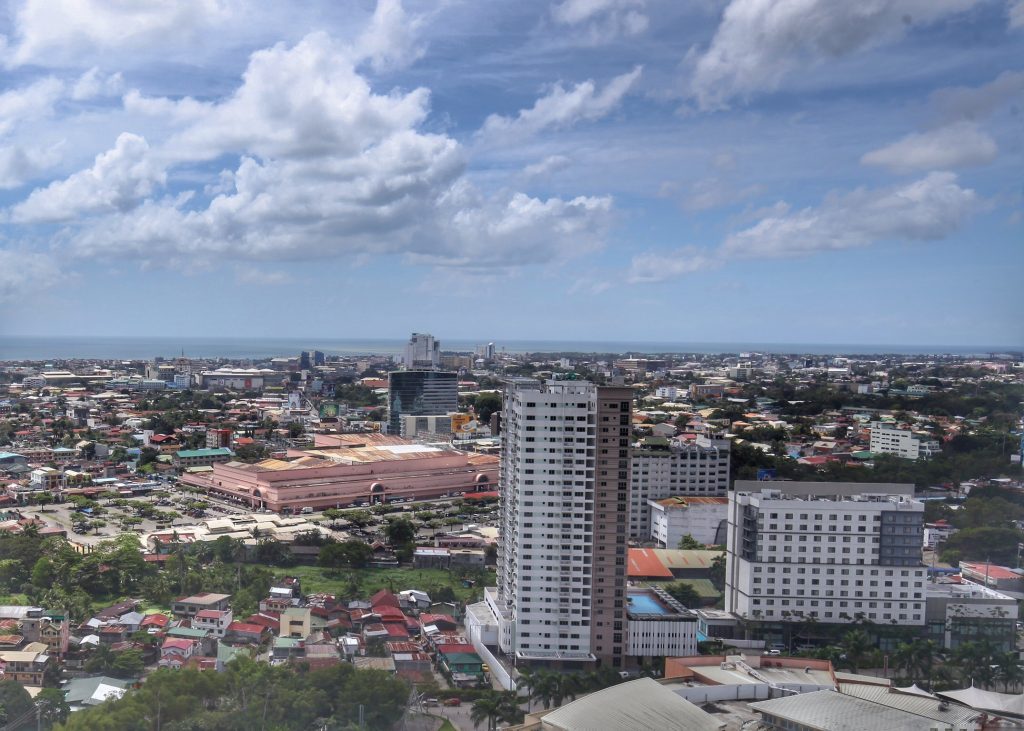
Davao City’s skyline is growing at a fast rate. In 2018 alone, the City Engineer’s Office (CEO) received 40 applications for permits to build high-rise structures, with each building being 20 stories high.
This was bared by Mindanao Development Authority (MinDA) deputy executive director Romeo Montenegro during Wednesday’s episode of the weekly Habi at Kape media forum at the Abreeza Mall.
Montenegro said that that MinDA economists are closely monitoring this building boom as this has an impact on the area’s electricity supply need.
“We are expecting three to five years from now, we will be having 40 more 20-storey buildings rising in the city for this year,” Montenegro said.
He said that each building of this height will require an estimated five to six megawatts (MWs) of electricity.
This that all the 40 high-rise buildings would consume a total of about 300 MWs that need to be supplied by the Davao Light and Power Co. (DLPC) and other sources.
Montenegro said that DLPC, the electric utility of Davao City and some parts of Davao Region, needs to back up additional electric capacity, as it will consume seven to eight percent of the electricity rate in Mindanao.
He said that Mindanao has currently an average 800MWs excess, enough to suffice the current energy demand in the island by 2025 or 2026.
Montenegro said that having excess supply would provide electric cooperatives better forecasting in energy distribution.
“They will be able to do forecast based on projected demand and investment inflows of the construction happening in their respective franchise areas,” he said.
“It is important for the Mindanao Power Monitoring Committee (MPMC) to work together to facilitate entry of generation investments for the next year or three years from now, so that for a construction timeline of three years, it can be available or commissioned after 2025,” Montenegro said.
However, he said that the energy players in Mindanao should not rely on the current excess supply, something they were not able to prepare between 2001 to 2010, as it resulted to rotational brownouts.
“We don’t want to go through that again, and we’re doing it well with the better coordination and planning with the private sector,” Montenegro said.






